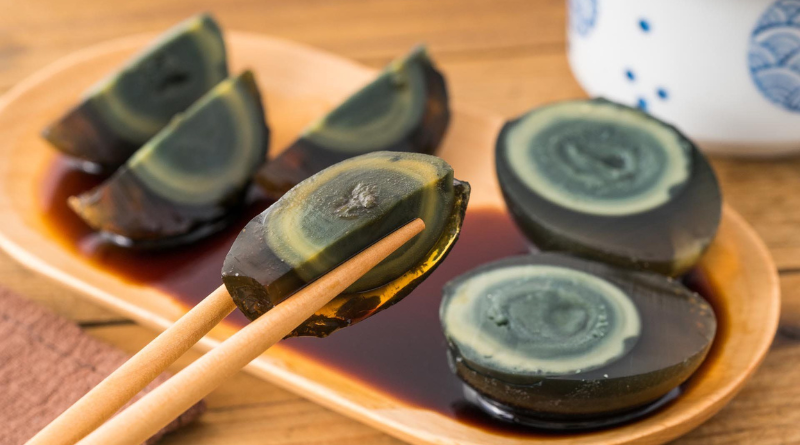Food plays a vital role in connecting people to their culture, history, and traditions. Traveling allows us to explore not only the sights and sounds of a new place but also its unique and often surprising culinary delights. While many people enjoy tasting local Delicacy Food, some foods might seem odd, bizarre, or even dangerous to outsiders. However, these foods, considered strange or exotic by many, are a vital part of everyday life in the regions where they are consumed.
From the luxury of Bird’s Nest Soup in China to the adventurous Live Octopus in Korea, these dishes often come with a fascinating story behind them. Though they might not be for everyone, these foods offer a chance to experience a different side of a country’s culture, providing a deeper understanding of its people and their traditions. If you’re an adventurous eater, here’s a look at some of the most bizarre and daring foods from around the world that are worth considering on your next trip.
Unusual Delicacy Food
1. Bird’s Nest Soup – China

Bird’s Nest Soup is a highly prized delicacy made from the nests of the Swiftlet, a bird that creates its nest primarily out of saliva. Although this might sound unusual, the resulting soup has been consumed for centuries in China and is known for its supposed health benefits, including enhancing the skin’s appearance and boosting the immune system. The nests are collected from coastal caves, and harvesting them is a treacherous task that requires skilled climbers. Due to the labor-intensive process and the fact that the nests can only be gathered a few times a year, they are incredibly expensive.
The soup is typically served in a light broth and is often consumed as a luxury dish for special occasions, such as weddings and banquets. In addition to China, Hong Kong and the U.S. are major importers of bird’s nest products, making this an international luxury item. It is also believed to have aphrodisiac qualities, further adding to its mystique and allure.
Also Read- 10 Delicious Ramen Noodles Recipes to Spice Up Your Weeknight Meals
2. Fried Tarantulas – Cambodia
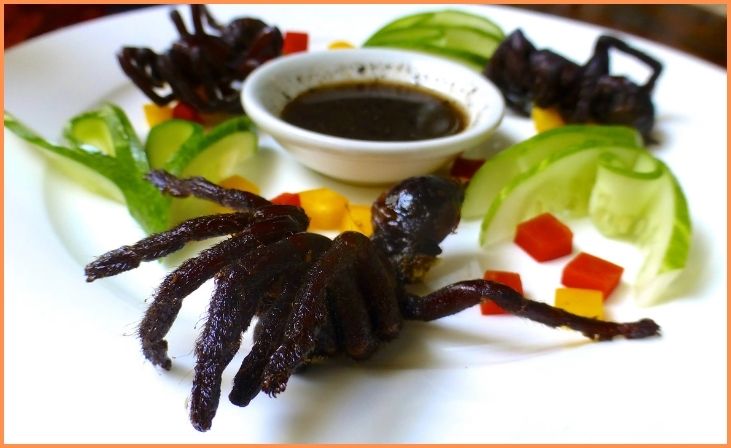
Fried tarantulas are a crunchy, yet controversial street food commonly found in the market town of Skuon, Cambodia. While this dish may appear alarming to those unfamiliar with it, it has a long history in Cambodian culture, dating back to the Khmer Rouge era, when food scarcity led to people discovering that these spiders could be eaten for survival. Over time, they transitioned from survival food to a local delicacy. These large black tarantulas are caught from the jungle, fried in oil with garlic and salt, and served hot.
The crispy exterior contrasts with the soft, gooey interior, and the flavor is often compared to a mix of cricket and chicken. Visitors often try them as a novelty, but for locals, they are a beloved treat. The tarantulas are a source of protein and are considered a snack to enjoy with beer, which also helps to cut the richness of the fried taste. This local food has helped the region’s economy by attracting tourists eager to experience something unique.
3. Puffer Fish – Japan
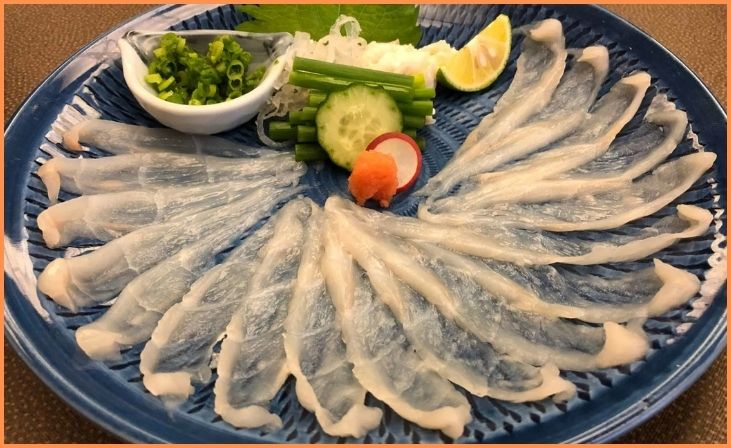
Puffer fish, or fugu, is a highly prized delicacy in Japan that is also notoriously dangerous due to the toxin it contains. The toxin, tetrodotoxin, is so deadly that it can paralyze and kill a person if consumed in sufficient amounts. Despite these risks, fugu is considered a luxury food, often eaten during special celebrations. The fish’s skin, liver, and ovaries contain the poison, which is why the preparation of fugu is regulated and must be done by licensed chefs who have undergone years of training.
These chefs carefully remove the toxic parts to ensure safety, but it’s still a risky dish. Some people find it exhilarating to try this dangerous food, while others avoid it for fear of its potential harm. Fugu is typically served in thin slices, as sushi or sashimi, and sometimes in hot pot dishes. In Japan, it is not uncommon to see a ceremonial preparation of fugu at high-end restaurants, making it a rare and exciting food experience.
4. Fertilized Eggs – The Philippines
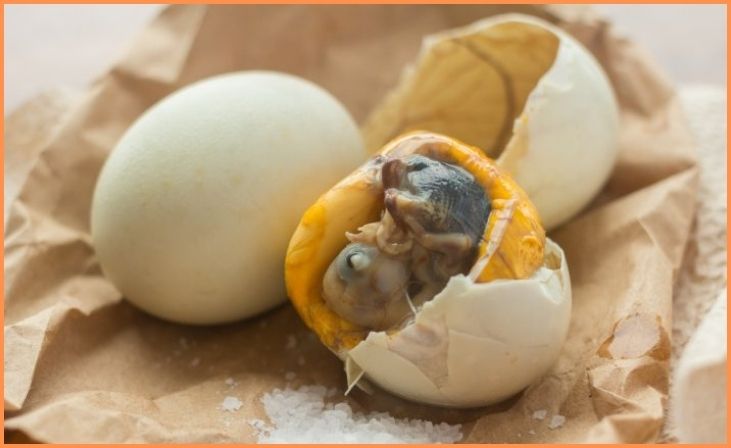
Fertilized eggs, known as balut, are a popular snack in the Philippines, where street vendors sell them on nearly every corner. These eggs are boiled just before they are ready to hatch, and inside, you will find a partially developed embryo, either a duck or chicken fetus, depending on the variety. While it might sound unappetizing to outsiders, balut is enjoyed by locals as a protein-packed, savory treat. The eggs are typically served with a sprinkle of salt, a squeeze of lime, and sometimes a dash of chili or vinegar to add flavor.
Many Filipinos believe that balut has health benefits, especially when it comes to improving energy levels or boosting libido. The age of the egg determines how developed the fetus is, with some people preferring the younger eggs, which have less of a developed bird, while others enjoy the older ones with fully formed features. Balut is a snack that is often enjoyed with friends and family, usually accompanied by beer.
5. Maggot Cheese – Sardinia, Italy
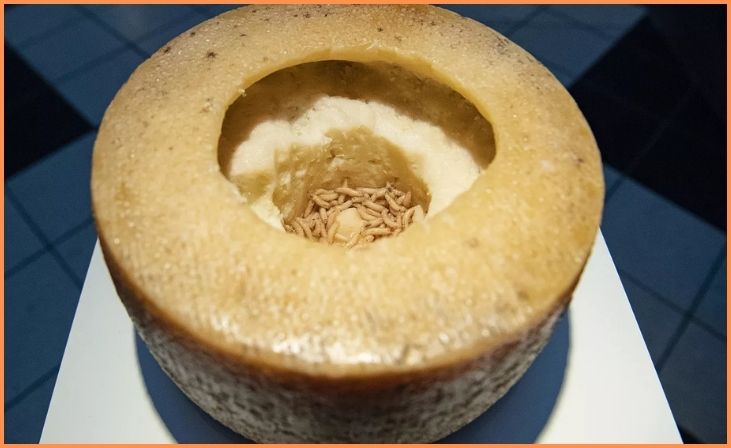
Maggot cheese, also known as Casu Marzu, is an ancient Sardinian delicacy that is both controversial and illegal in many countries due to health concerns. This traditional cheese is made from sheep’s milk and is infested with live larvae, which are deliberately introduced to aid the fermentation process. The larvae consume the fats in the cheese, which softens the cheese and gives it a creamy, almost runny texture. The larvae are a key part of the experience, as they must be alive when consumed. The cheese is often served as a spread on bread, and the larvae may jump when disturbed, adding an interactive element to the meal.
Despite its ban in some places due to health risks, Casu Marzu is still a local favorite in Sardinia, where it can sometimes be found on the black market. Health risks associated with the cheese include potential allergic reactions and the possibility of consuming larvae that have reached a toxic state. However, for adventurous eaters, it’s considered a one-of-a-kind experience.
6. Fermented Fish – Sweden
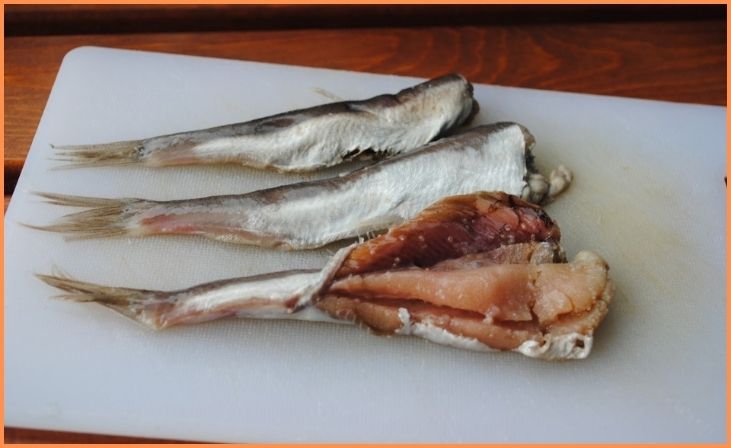
Surströmming is a fermented fish dish from Sweden that is infamous for its strong, pungent odor. The dish is made from Baltic herring that is fermented in barrels for several months, resulting in a highly potent smell that many find difficult to tolerate. The fish is then canned, where the fermentation process continues. The cans often bulge due to the gases produced during fermentation. When the can is opened, the smell is overwhelming, and it can be a shock for those not familiar with the dish.
Surströmming is traditionally eaten with flatbread and boiled potatoes, and it is often washed down with milk or beer to help balance the strong flavors. It is particularly popular in northern Sweden, where it is enjoyed during special occasions or as a part of a traditional Swedish meal. Despite the smell, many locals enjoy it as a nostalgic and cultural dish. Some even say it’s an acquired taste, and those brave enough to try it claim it’s worth the experience.
7. Live Octopus – Korea
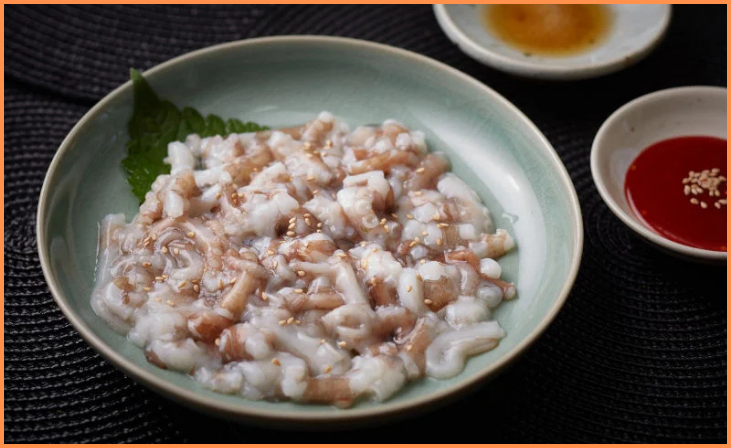
Live octopus, or sannakji, is a unique Korean dish that involves eating octopus while it is still alive. The octopus is cut into small pieces, lightly seasoned with sesame oil, and served immediately, with the tentacles still wriggling on the plate. The dish is served as a raw, fresh experience that offers both a mental and physical challenge for diners. The tentacles continue to move as they are eaten, often sticking to the mouth and teeth, which can make it difficult to chew. Special care must be taken to thoroughly chew the pieces, as the suction cups can cause choking if they stick to the throat.
In Korea, sannakji is often eaten as a part of a celebratory meal or as a novelty, with diners seeking out the thrill of eating something so fresh and unusual. It is typically served with a dipping sauce made from sesame oil and salt. Despite the potential danger, it remains a popular dish among adventurous eaters looking to try something unique.
For More- 8 Vegetarian Fast Food Recipes to Satisfy Your Cravings
Conclusion
Trying new foods can be one of the most exciting parts of traveling, and these seven bizarre dishes offer a window into the unique culinary traditions of different countries. From Casu Marzu in Italy to balut in the Philippines, these foods might seem strange or even dangerous to some, but for the locals, they are beloved delicacies. Whether you’re interested in experiencing the danger of fugu in Japan or the thrill of eating sannakji in Korea, these dishes are a testament to the rich and diverse cultures around the world. If you’re ever feeling adventurous, stepping out of your comfort zone to try these delicacies could be an unforgettable experience.
FAQs
Some of these foods can be dangerous if not prepared properly, such as puffer fish and Casu Marzu. Always make sure the dish is prepared by an experienced professional in a licensed place.
You can try Bird’s Nest Soup in China, fried tarantulas in Cambodia, and Balut in the Philippines. Many of these foods are best experienced in the country of origin.
Foods like Bird’s Nest Soup and Puffer Fish are expensive due to their rarity and the labor-intensive process involved in collecting or preparing them.

